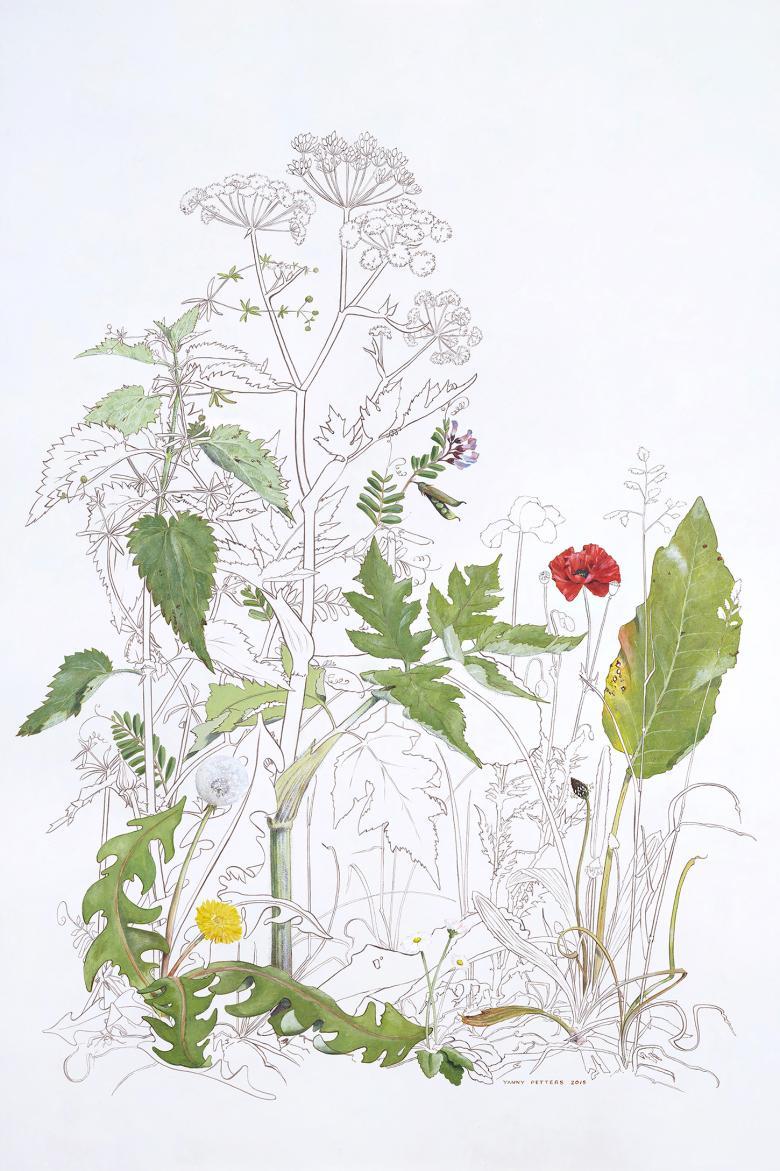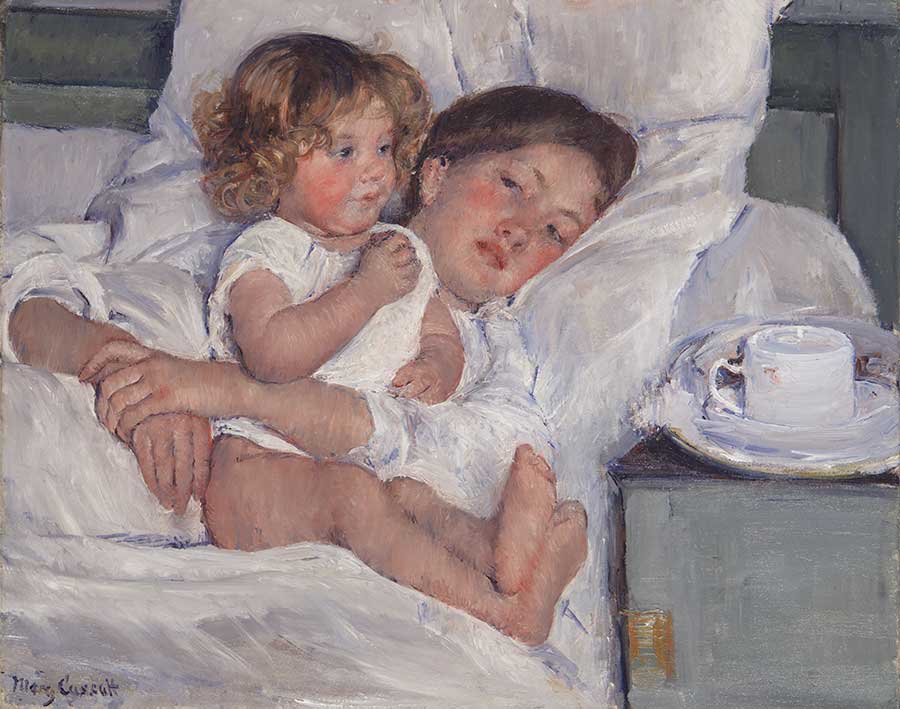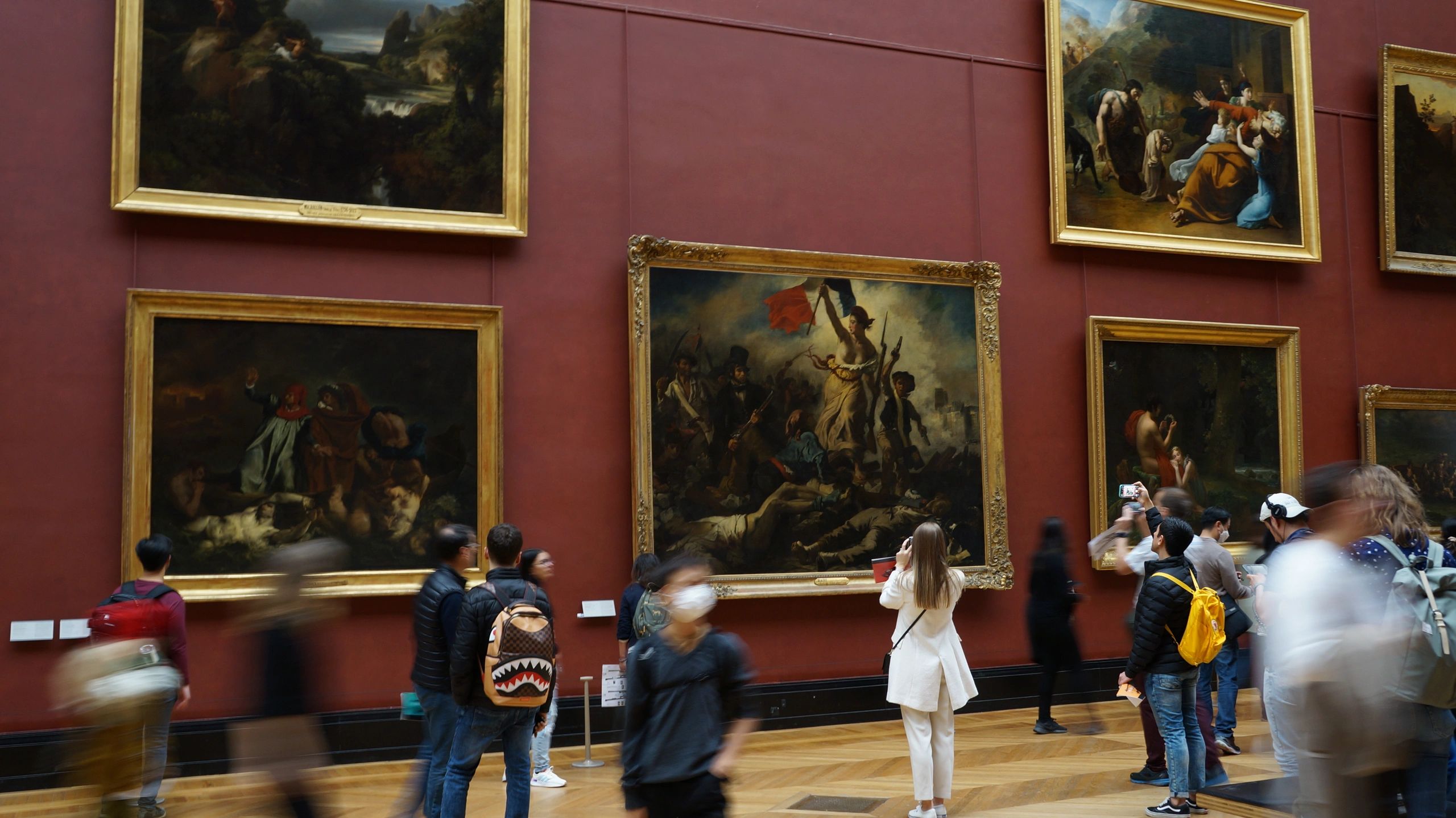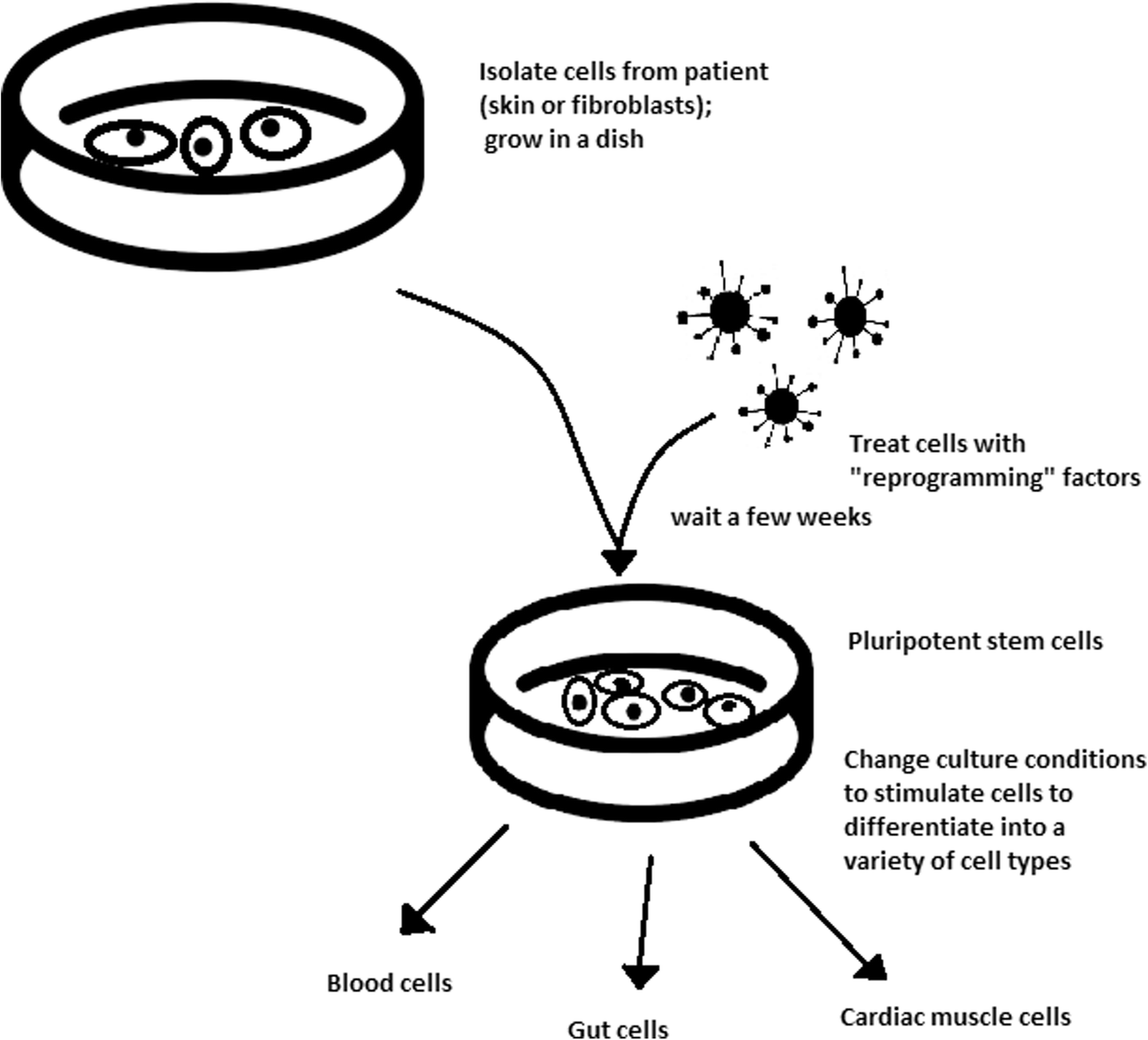Civic Issue Blog 3: Stem Cell Podcast – Ologies
Introduction
One of my favorite podcasts is called “ologies” it is hosted by Alie Ward, and with each episode, Ward goes through a different type of science category each episode. Ologies is the number one science podcast on Spotify right now. This podcast covers a broader range than simply the treatment of disease.
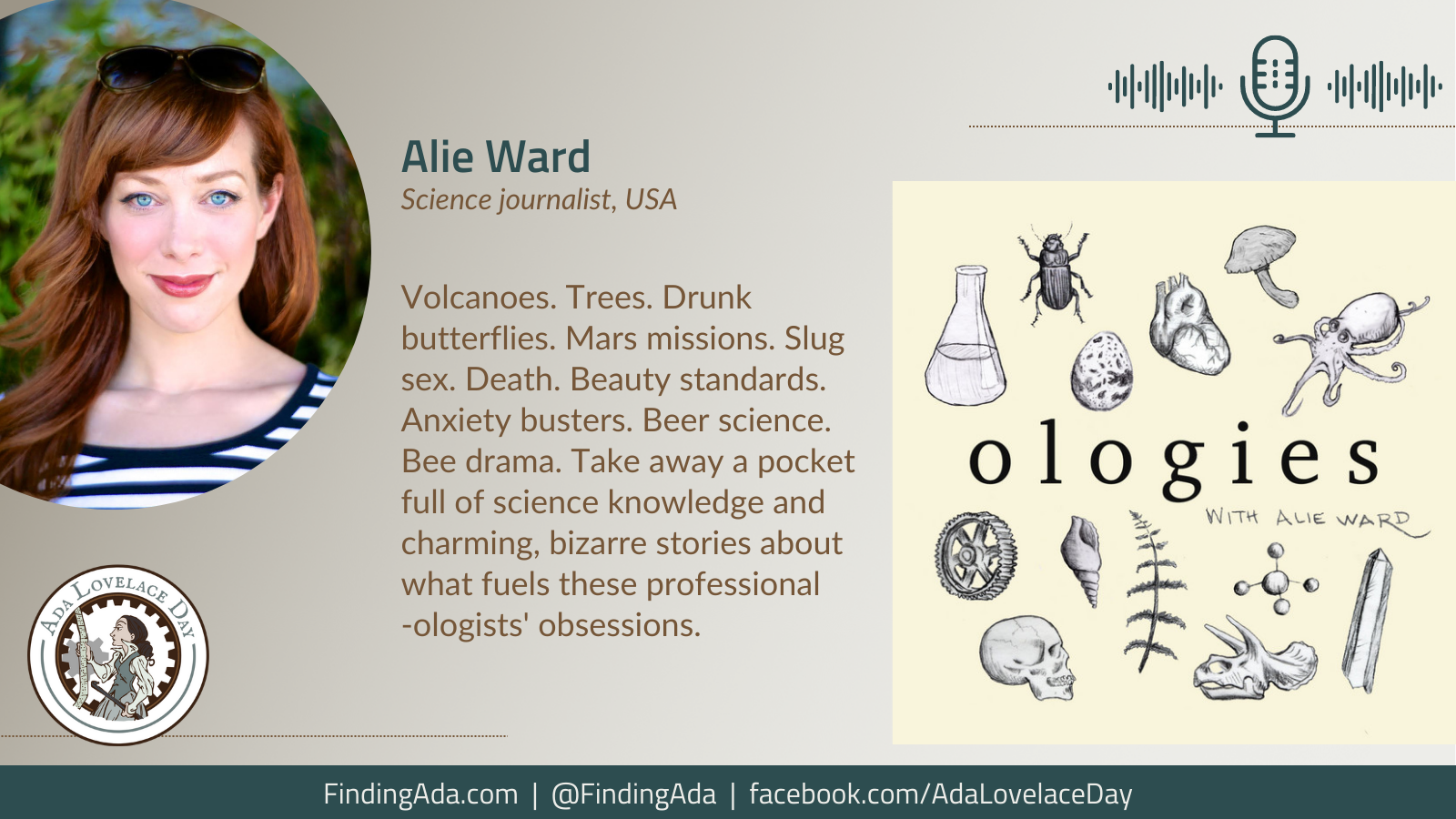
On this episode, Ali Ward invited Dr. Samantha Yammine from the University of Toronto to get a professional’s perspective on stem cells. Dr. Yammine goes by “Science Sam” on her social media accounts. She has a goal of making science accessible and digestible to the general public. Dr. Yammine posts on social media outlets about science and medicine.
Dr. Yammine earned her Honors Bachelor of Science degree by completing the Neuroscience Specialist and Cell & Molecular Biology Major within the Life Sceinces Program. She completed her PhD in 2019.

Apparently, stem cells are called “stem” because they are the cells from which other cells stem! They can make other cells and they can make copies of themselves, which are unique. There are many different stem cell types. You have separate stem cell types for each part of the body.
Dr. Yammine is excited to discuss the ethical questions about stem cells and the speed at which science is progressing with cloning, gene-edited babies, and healing properties of scientific discoveries. She relates stem cell scientists to scientists who wished they were philosophers, comparing stem cells to the ship of Theseus. It is highly debated where the stem cell’s nature ends and whether cells that are specialized can be considered original stem cells, since stem cells are constantly dividing. It is difficult to tag stem cells and find them in the body, however Dr. Yammine reports that stem cells contain a marker that indicate their status, in the form of a fatty lipid coat surrounding the cell membrane.
The regenerative properties of stem cells are a relatively new progression in the world of science in 2006. It is a common misconception that new neurons can’t be formed in the brain. Many people are unaware that there are stem cells in the brain, though scare, that allow new neurons to form.
A mature skin cell with four reprogramming factors can reverse in “developmental time” to become a reduced pluripotent cell which can then be specialized into a different cell type.
Interestingly enough
Gathering Stem Cells
Much embryonic stem cell lines actually happen to be made from terminated pregnancies years ago, so constant donations are not constantly needed. This makes the situation more ethical and practical and it is unfortunate that not more people, like myself, were aware of this development until now. Adults can even donate stem cells from skin biopsies or their bone marrow for research. Stem cells can make more of themselves and are not as limited as many people believe them to be!
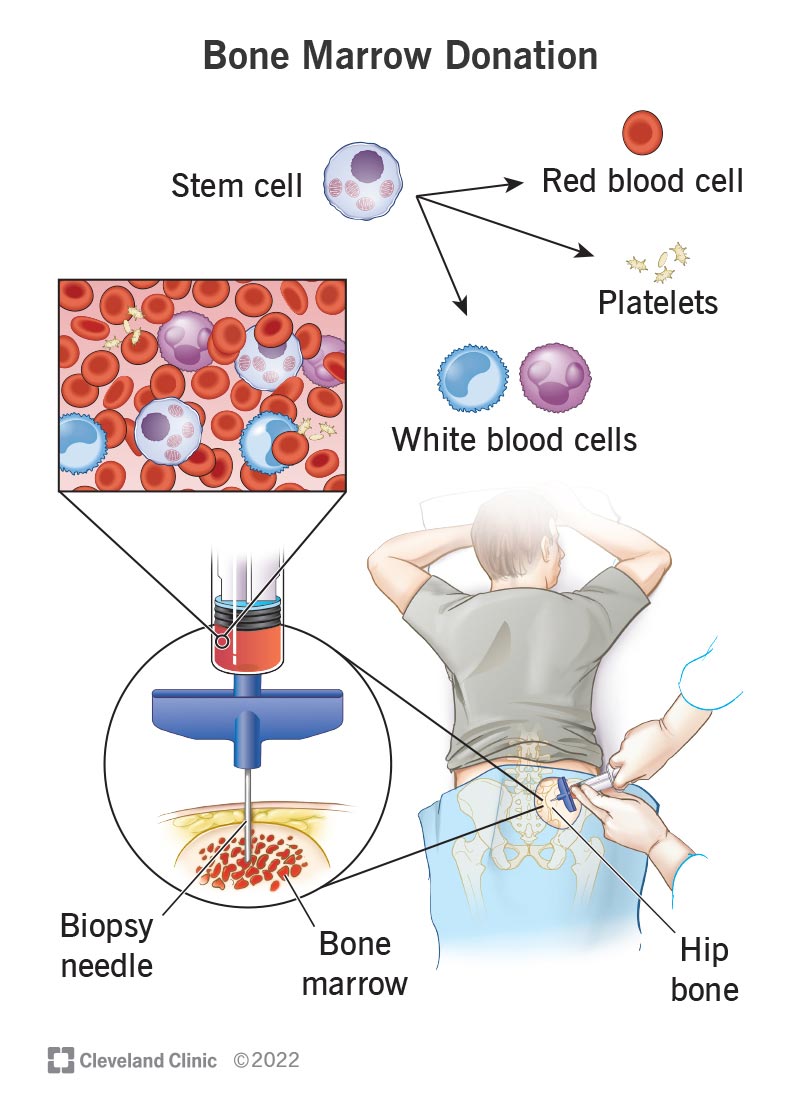
Stem cell creation and purification is extremely expensive. Some stem cell therapies are covered by insurance (specifically cases of blood conditions), but the majority of them are not covered and extremely expensive.
Interestingly enough, exercise and physical activity can promote the survival of transplanted stem cells and further promote and regulate their regenerative properties.
Aging
Aging is even a philosophical scientific question when defining it biologically. Research demonstrates that stem cells can reduce certain parts of aging, because they can repair damaged and apoptotic cells and stimulate their cell regeneration. However these are expensive and not often used.
Dr. Yammine claims that with the existence of plant stem cells, research regarding regenerative skincare could exist from the research of the cells, however there is no need to go to the lengths to buy products that have stem cells in them.
Stem Cell Based Organ Transplants
Dr. Yammine notes that organ transplants are very far into the future for medical science. She states that there are tissues currently being made in labs that are extremely successful, however organs are wildly complicated.
3D Printing has actually helped to build scaffolds for organs, however in order to created a stem cell organ, many different types of tissues are found within organs and they must be aligned in a functional way in order to be effective.
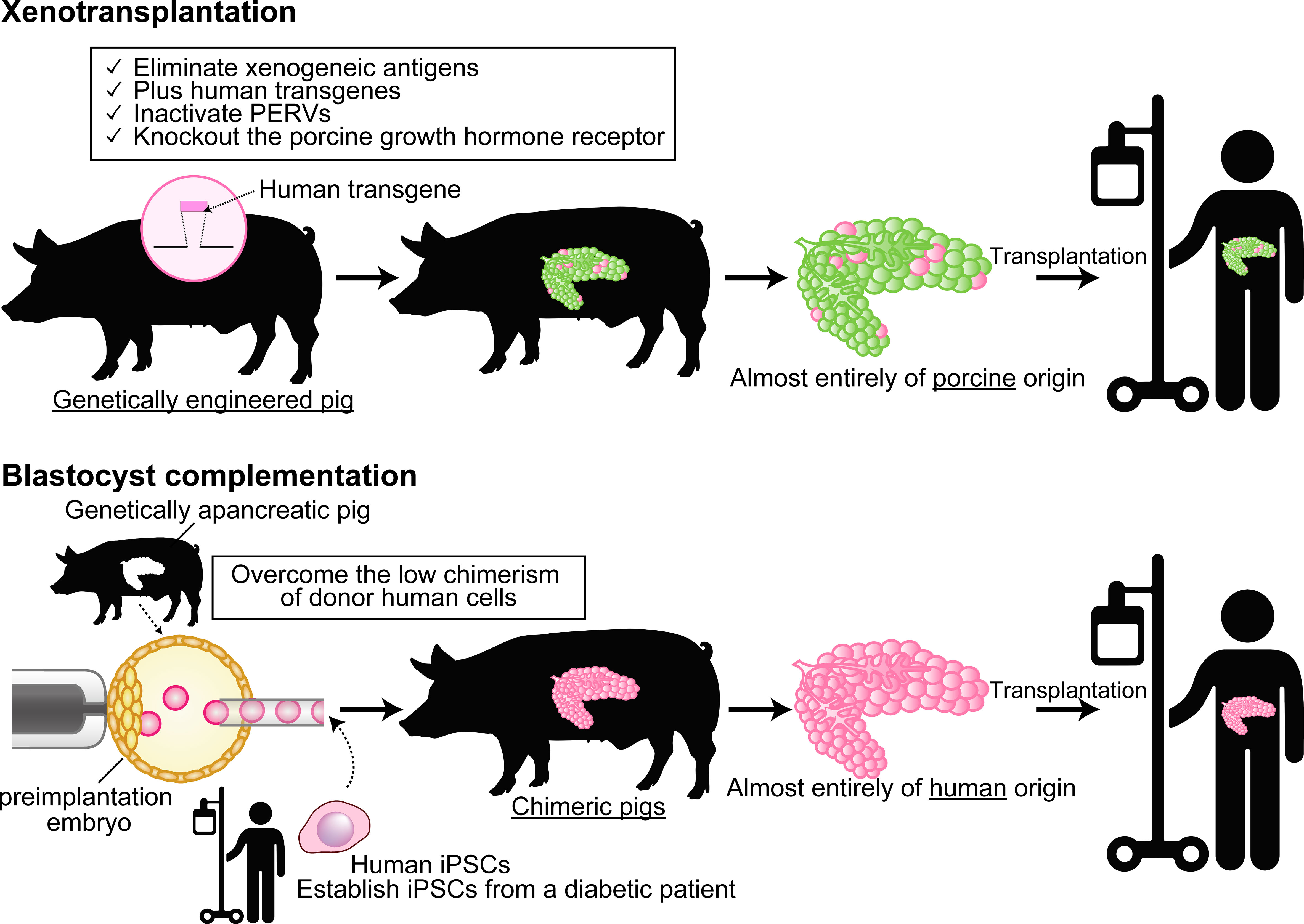
There is current research being done to use human stem cells in other organisms. Xenotransplantation is a medical procedure in which other animals create organs that are then transferred to humans. There have been successful cases of this procedure. Pigs were able to create a kidney that was adapted to be functional inside of a human. These results are very promising to the future of organ transplants.
Since 12 people die each day waiting on organ donations, the possibilities of this process are exciting to the medical world, yet disappointing to animal activists.
Ethics
The stem cell community discusses the topic of ethics in great detail. Dr. Yammine wishes that there was more discussion surrounding the ethical debates of stem cells, partially to better inform the public but also to demonstrate the benefit of much of the current research.
Dr. Yammine stated that policy moves “too slow for science.” Contrary to my belief, she is convinced that policy must move faster to keep up with research, but I think that it is important to stop and truly analyze the overarching effects of some of these research topics.
There is no international policy on stem cell research, so it is up to each country to decide their stance on scientific development.
Reflection
Overall, in my opinion I am excited about stem cell research. While I am extremely hesitant about the common practice of cloning and genetic engineering of babies, I think that the future of organ transplant alone is enough evidence to continue stem cell research on that front.
I worry about unintended consequences about research moving too fast, but the other reflection I find myself pulling from listening to this podcast is that the world needs specialists like Dr. Yammine to communicate the effects, and ethics of cutting edge research. It is a common phrase that people are afraid of what they do not understand, so it is crucial that the general public seek out science communicators like Dr. Yammine to learn more about an issue before they default to the popular opinion of their political party.
- https://www.alieward.com/ologies/stemcellbiology
- https://www.samanthayammine.com/phd-research
